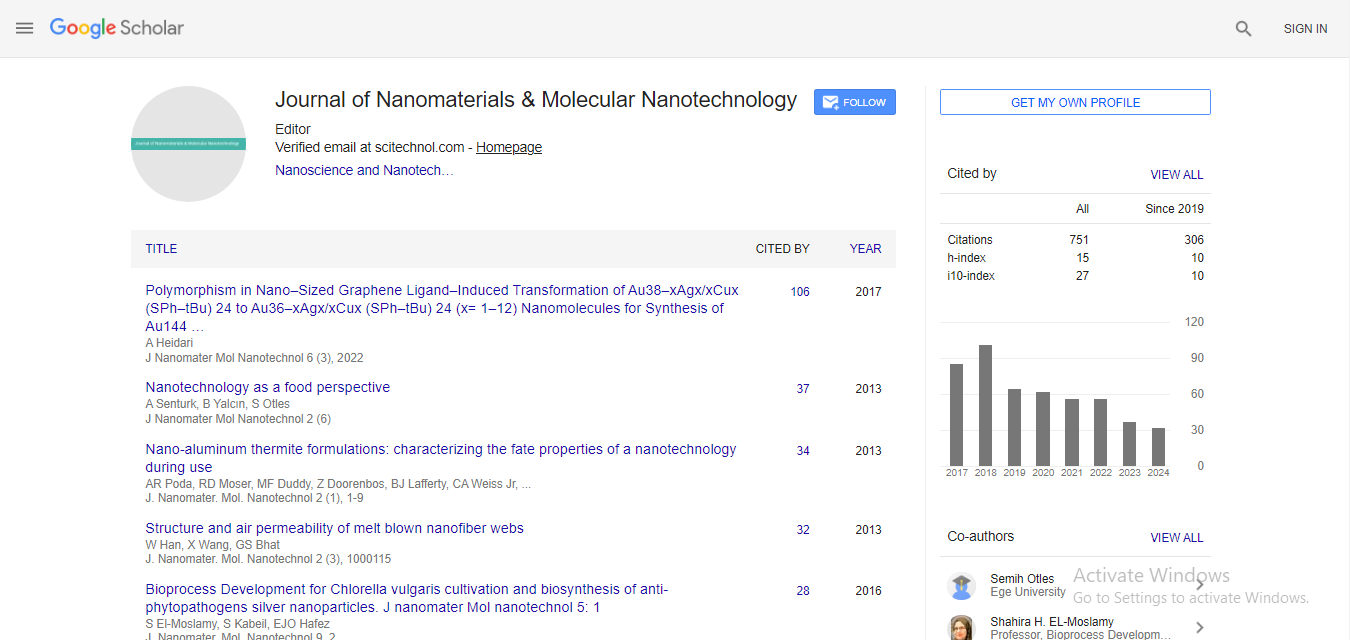Conference Proceeding, J Nanomater Mol Nanotechnol S Vol: 0 Issue: 2
Analysis of Cell-Derived Microparticles with Highly Precise Nanotechnological Methods
| Solène Cherré1*, Ole Østergaard2, Niels H. H. Heegaard2,Noemi Rozlosnik1 | |
| 1Technical University of Denmark, Department of Micro- and Nanotechnology,Oersteds Plads 345 East, DK-2800 Kongens Lyngby, Denmark | |
| 2Statens Serum Institut 5 Artillerivej, DK-2300 Copenhagen S, Denmark | |
| Corresponding author : Solène Cherré Technical University of Denmark, Department of Micro- and Nanotechnology, Oersteds Plads 345 East, DK-2800 Kongens Lyngby, Denmark Tel: +45 914 184 34 E-mail: solch@nanotech.dtu.dk |
|
| Received: April 23, 2014 Accepted: July 22, 2014 Published: July 25, 2014 | |
| Citation: Cherré S, Østergaard O, Heegaard NHH, Rozlosnik N (2014) Analysis of Cell-Derived Microparticles with Highly Precise Nanotechnological Methods. J Nanomater Mol Nanotechnol S2:004. doi:10.4172/2324-8777.S2-004 |
Abstract
Analysis of Cell-Derived Microparticles with Highly Precise Nanotechnological Methods
Cell-derived microparticles have gained a broad interest in the past years. Being released by blood cells upon activation or induction of apoptosis, they have a great potential as novel diagnostic markers and their investigation can bring new knowledge into the pathogenesis of various diseases. However, new analysis methods are required to correctly and reliably investigate these small biological particles (between 50 and 1000 nm). In this work, we aimed at developing an in vitro population of cell-derived microparticles from endothelial cells. The size of the microparticles was analysed by atomic force microscopy.
 Spanish
Spanish  Chinese
Chinese  Russian
Russian  German
German  French
French  Japanese
Japanese  Portuguese
Portuguese  Hindi
Hindi 



